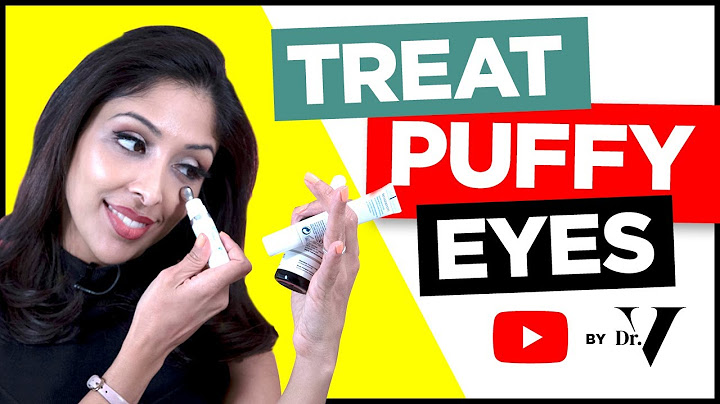Urinary incontinence happens when pee leaks from your bladder in between bathroom trips. A number of treatments are available. Yours will depend on what’s causing the problem and how serious it is. Your doctor
might ask you to make simple lifestyle changes, or take medicine, or get surgery. They’ll first want to try the things that have the least impact on your body. Switching up your habits -- doctors call these behavioral changes -- can help the two main types of incontinence: Sometimes, making small tweaks to your daily habits can help control
urinary incontinence: Your doctor also might suggest that you limit how much you drink during the day, and possibly avoid caffeine and alcohol.
Losing weight might help, too. These inserts for the urethra – the tube where urine travels from the bladder -- can help with stress incontinence:
Fillers such as carbon beads and collagen help by plumping up the tissues where urine is released from your bladder, and help hold it in. This treatment is only used for stress incontinence. It can be done by injection in your doctor’s office. The fillers can go away with time, so you
might need to have it done again. Estrogen replacement therapy, in the form of cream or a vaginal ring, helps swell the area around your urethra and guard against leaking. It can help both
types of urinary incontinence. Drugs like pseudoephedrine are sometimes used to help tone up the urethra, and can help stress incontinence. There are many drugs used for urge incontinence. Most work to relax the bladder and calm spasms that can cause the sudden need to pee. It might take some trial and error to find the right one. Botox might also help relax the bladder. It’s sometimes used to treat patients with neurological conditions like spinal cord injuries or multiple sclerosis. SurgeryIf other methods for helping stress incontinence don’t work, your doctor might recommend surgery. These operations have very high success rates.
Electrical Nerve StimulationElectrical pulses can be used to stimulate your bladder and change the way it reacts. This helps control the urge to pee. These procedures are not performed for stress incontinence.
Extra MeasuresMedical treatments can help get your condition under control. But sometimes you might need some extra protection to boost your confidence and comfort. These might include:
What are 3 treatment options for incontinence?Incontinence products
absorbent products, such as pants or pads. handheld urinals. a catheter (a thin tube that is inserted into your bladder to drain urine) devices that are placed into the vagina or urethra to prevent urine leakage – for example, while you exercise.
How do you stop urine leakage in old age?Prevention. Maintain a healthy weight.. Practice pelvic floor exercises.. Avoid bladder irritants, such as caffeine, alcohol and acidic foods.. Eat more fiber, which can prevent constipation, a cause of urinary incontinence.. Don't smoke, or seek help to quit if you're a smoker.. Can incontinence be cured in the elderly?Under a doctor's care, incontinence can be treated and often cured. Today there are more treatments for urinary incontinence than ever before. The choice of treatment depends on the type of bladder control problem an older adult has, how serious it is, and what best fits their lifestyle.
What causes incontinence in elderly females?Urinary incontinence is not an inevitable result of aging, but it is particularly common in older people. It is often caused by specific changes in body function that may result from diseases, use of medications and/or the onset of an illness. Sometimes it is the first and only symptom of a urinary tract infection.
|

Related Posts
Advertising
LATEST NEWS
Advertising
Populer
Advertising
About

Copyright © 2024 hanghieugiatot Inc.


















